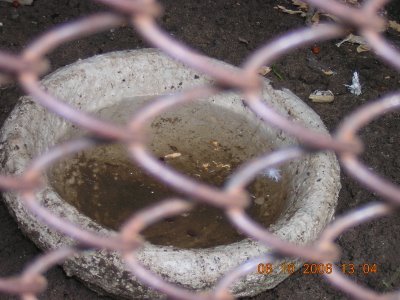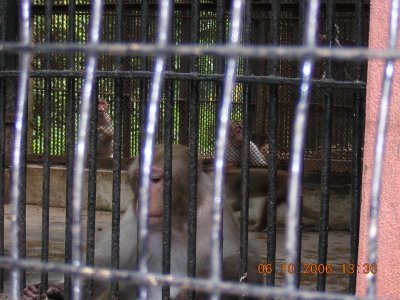Life or Something Like it : Innocence Trapped and Tormented at Alipore Zoo : Wildcats
Zoo Rules 1992 states, “Every Zoo shall provide for a proper waste disposal system for treating both the solid and liquid wastes generated in the zoos. All left over food items, animal excreta and rubbish shall be removed from each enclosure regularly and disposed of in a manner congenial to the general cleanliness of the zoo.”
Imagine being locked with your excreta lying around you and you have no place to escape! #
According to Central Zoo Authority, "Shouting, hissing, making faces, throwing things, running in front of the cage, waving sticks - such activities disturb and irritate animals." It also states, "Teasing is a major cause of suffering for zoo animals. Teasing causes mental stress. Even seemingly "harmless" teasing such as snapping fingers at the animals, calling, hissing, or running in front of the cage, may be irritating to the animals."
Apart from that, teasing animals housed in a zoo is prohibited according to the Wildlife Protection Act, 1972. Zoo Rules 1992 states, “The zoo operators shall take adequate safeguards to avoid the animals being unnaturally provoked for the benefit of viewing by public”.
But a huge crowd of visitors were whistling and producing provocative noises at the wildcats to gain their attention who were either asleep or almost motionless in their retiring cubicles. There was no guard vigilant to check this disturbance caused to the animals.
 Photo Desc # This is the enclosure of the white tiger.
Photo Desc # This is the enclosure of the white tiger. Recognition of Zoo Rules, 1992, mentions, “The zoo operators shall endeavor to simulate the conditions of the natural habitat of the animal in the enclosures as closely as possible.”
The concrete and lack of vegetation does not resemble the white tiger’s natural home in any sense. This dungeon cannot be meant for any innocent living creature. #
Photo Desc # This enclosure houses an African lion.
Such a concrete and non-conducive environment cannot be possibly comfortable for any living creature.The entire area covering the enclosures of the wild cats had the foulest of odors. #











